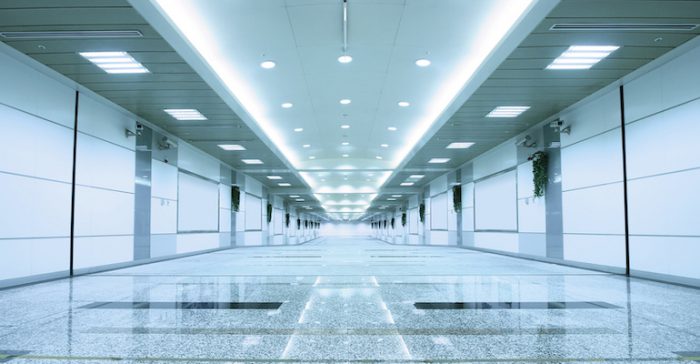This article was originally posted on NEEA’s website
The Reduced Wattage Lamp Replacement (RWLR) initiative began in 2015 with two goals: 1) transform a lamp replacement market dominated by 32-watt fluorescent bulbs despite the availability of lower wattage products; and 2) lay the foundation for market transformation efforts and a Distributor Platform that serves a wide variety of products and complements local programs.
In less than three years, the initiative succeeded in moving the market from 10–15 percent low wattage (LW) market share to roughly 52 percent. This success came despite an overall decline in the size of the fluorescent lamp market as a result of the quicker than expected adoption of LED lamps and fixtures throughout the region.
Even with a shrinking fluorescent market, the RWLR initiative recognized an opportunity to make a big impact by shifting the behavior of distributors and consumers. To get there, the alliance worked with regional electric distributors to help them change their sales practices and move their customers from inefficient 32-watt T8 bulbs to the more-efficient 28- or 25-watt versions. Using compelling data, market penetration incentive bonuses and special pricing agreements with their suppliers, the initiative successfully changed the way distributors viewed, stocked and sold LW T8s. As a result of the RWLR initiative:
- Northwest share of LW lamps is now significantly higher than the rest of the country which has stayed at 10-13 percent LW compared to the Northwest’s 52 percent.
- 2018 saw a steady increase in LW market penetration from 29 percent cumulative in 2017 to 52 percent in Q4 2018.
- Eight of the 14 lighting distributor participants are above 50 percent LW market penetration in 2018.
With this list of achievements, the RWLR initiative is set to transition from active market intervention into a long-term monitoring and tracking in Q2 2019. In addition to permanently transforming the LW T8 market, the RWLR initiative has an established distributor platform—made up of valuable long-term supply chain relationships, contracts, data collection, and the development of best practices—that will carry on and benefit the region for the foreseeable future.
Moving forward, this distributor platform will continue aggregating branch-level commercial lighting sales data that is being used to help design future initiatives in addition to laying the groundwork for market transformation efforts for other efficient products. This tool will allow the region to keep tables on lighting industry trends and inform future commercial lighting by retaining all 14 distributors and 264 branches who participated in RWLR. While this robust distributor platform already represents more than 44 percent of all linear lamp sales in the region, its reach continues to grow: In 2019, the program will acquire linear lamp data from two additional distributors and will help support BPA’s 6th Non-Residential Lighting Market Characterization.

